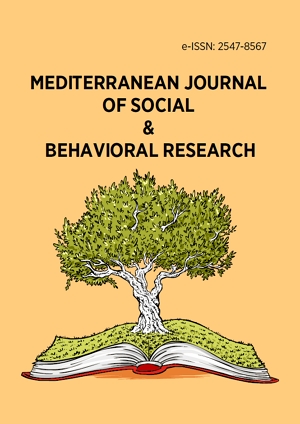Abstract
Sex education has become an important issue in human development and attracts a lot of debates day in and day out. This article situated itself on the socio-cultural perspective of adolescent sex education espousing permissive and restrictive social-cultural dimensions. The article again confined itself to psycho-theoretical perspectives by dwelling on Freud’s psychosexual theory, Eriksson’s psychosocial theory, Skinner’s operant conditioning, as well as Bandura’s social learning theory. All theories are comprehensively reviewed based on their views on adolescence and sex education. Psychosexual theory views sex education as a construct that can be nurtured in the early years of life, psychosocial theory views sex education as a construct that can occur through societal interactions, operant conditioning considers sex education as capable based on behavioral consequences, and social learning views sex education as something that can be modeled.
Keywords
License
This is an open access article distributed under the Creative Commons Attribution License which permits unrestricted use, distribution, and reproduction in any medium, provided the original work is properly cited.
Article Type: Review Article
MEDITERR J SOC BEH RES, Volume 7, Issue 1, February 2023, 43-49
https://doi.org/10.30935/mjosbr/12801
Publication date: 06 Jan 2023
Article Views: 5790
Article Downloads: 8606
Open Access References How to cite this article
 Full Text (PDF)
Full Text (PDF)